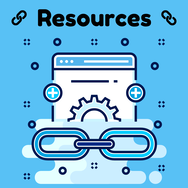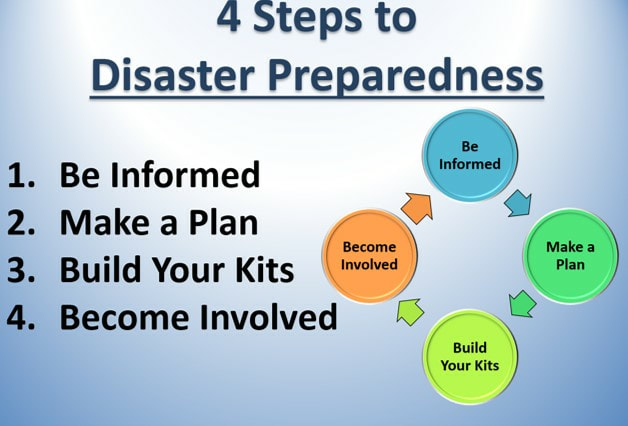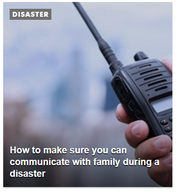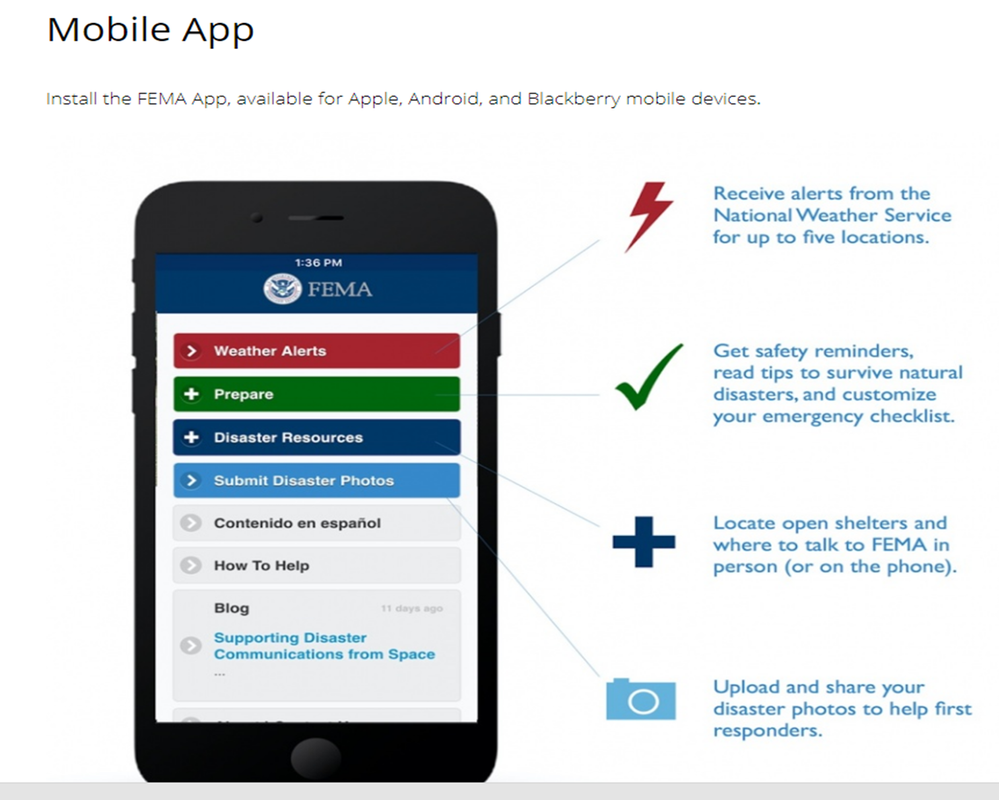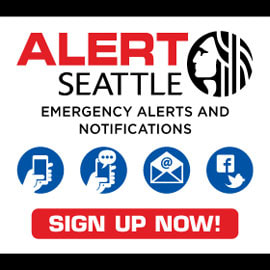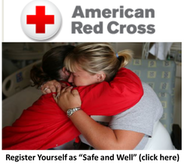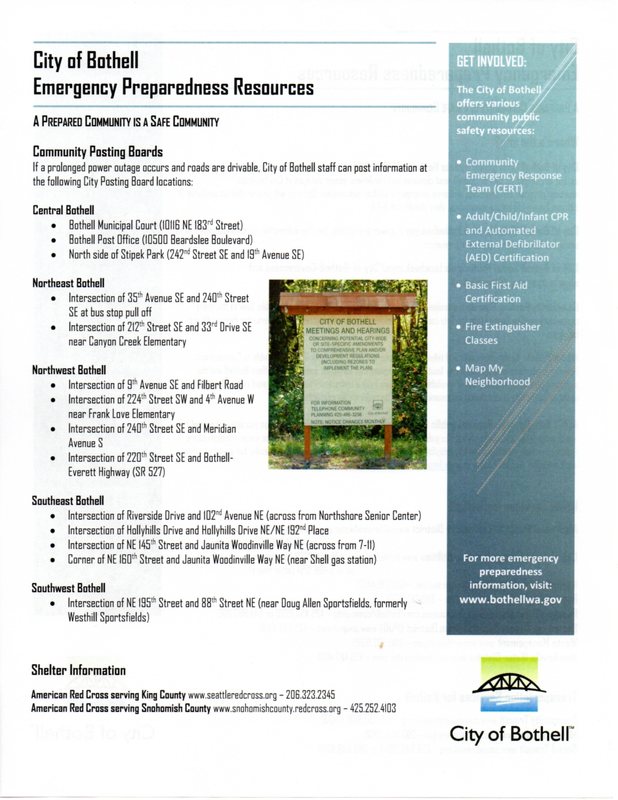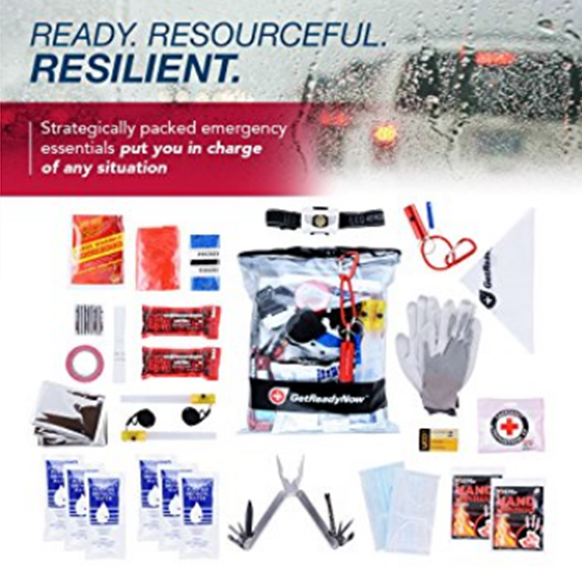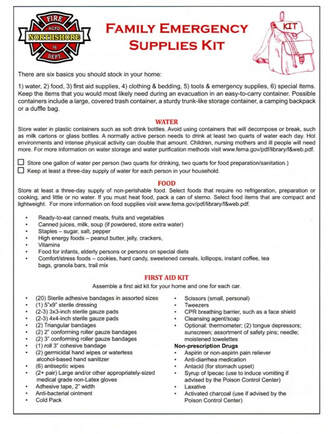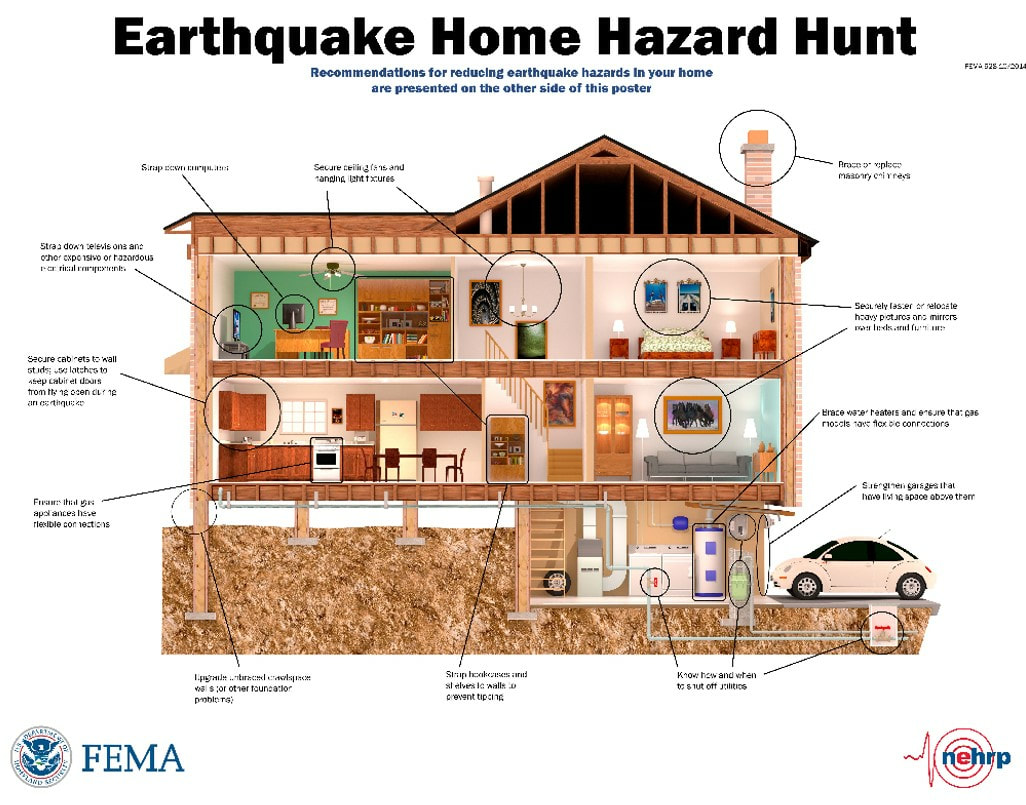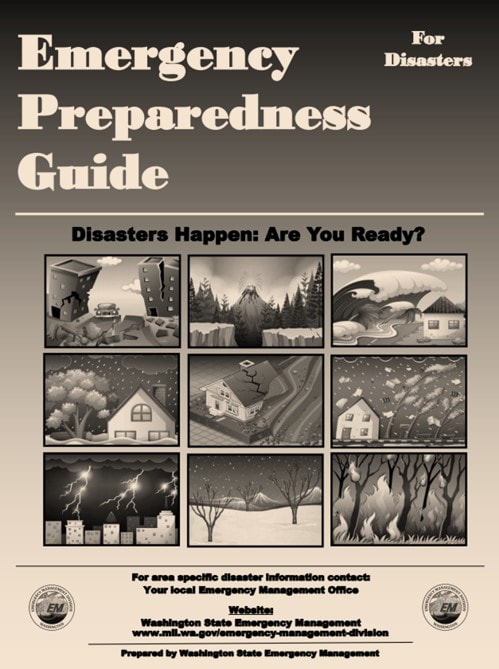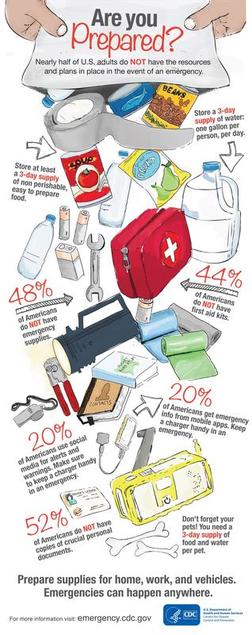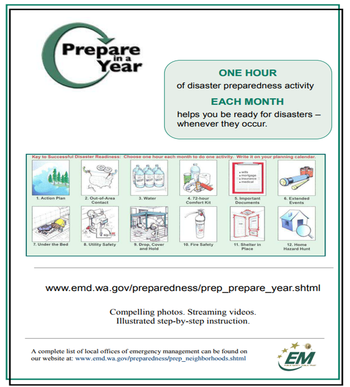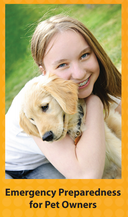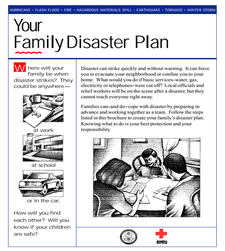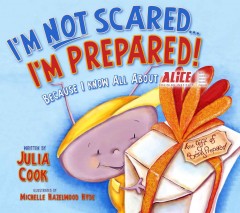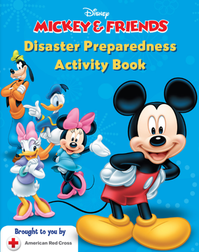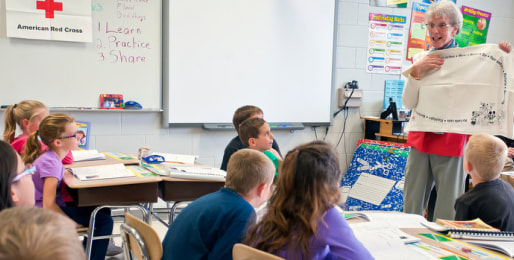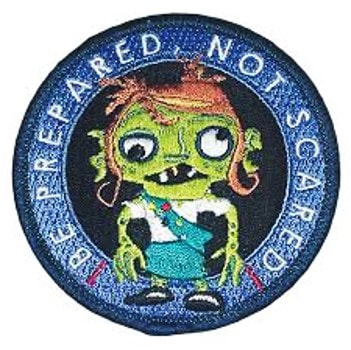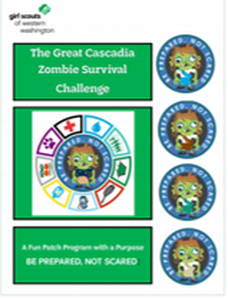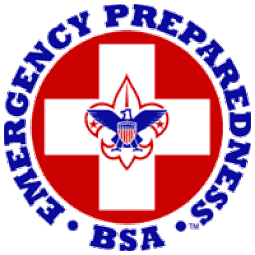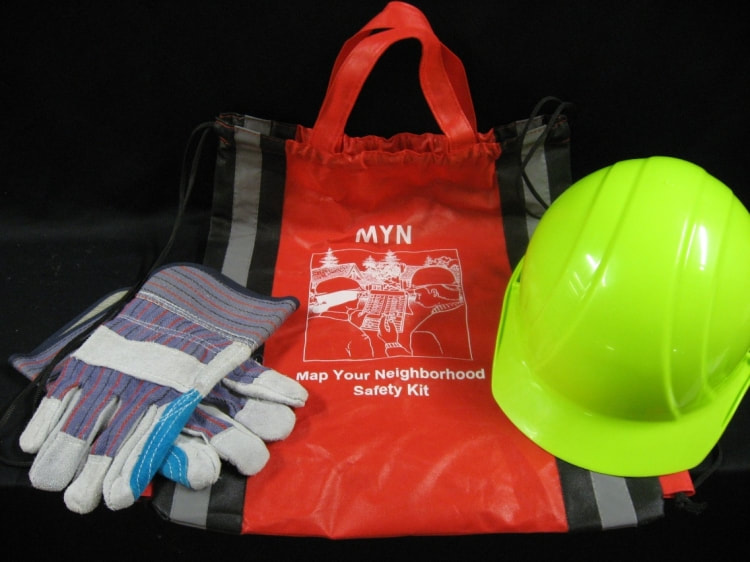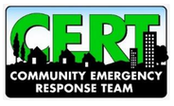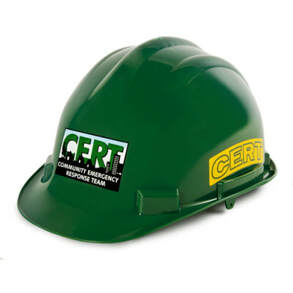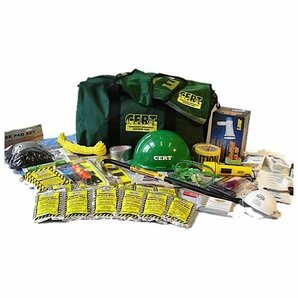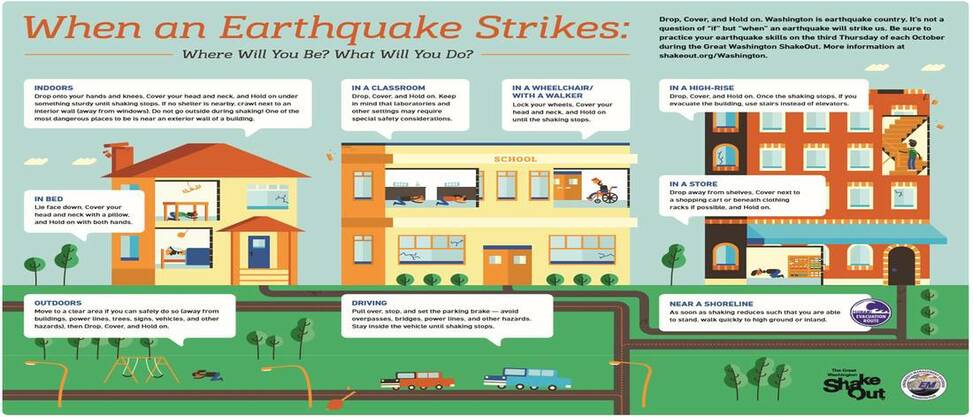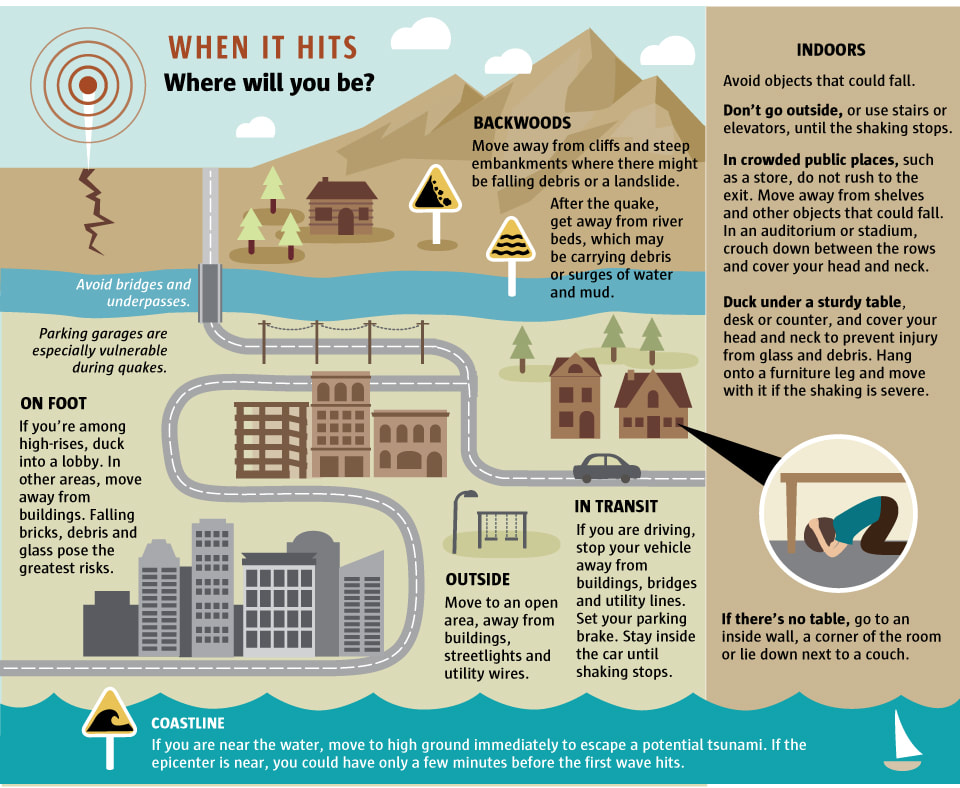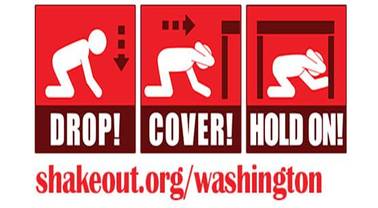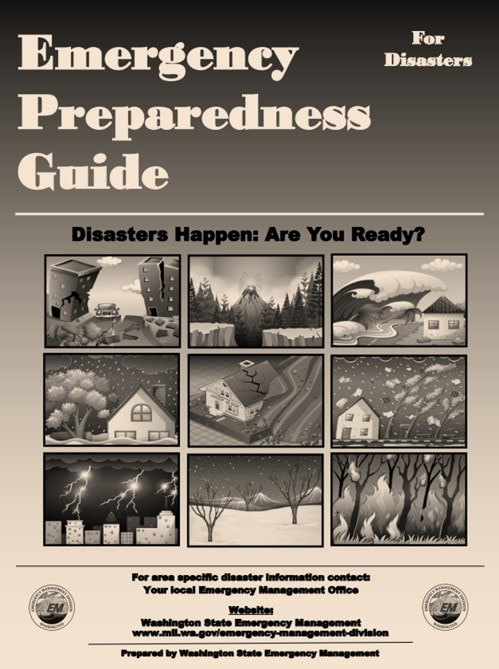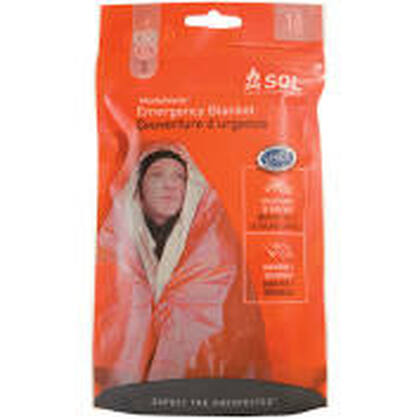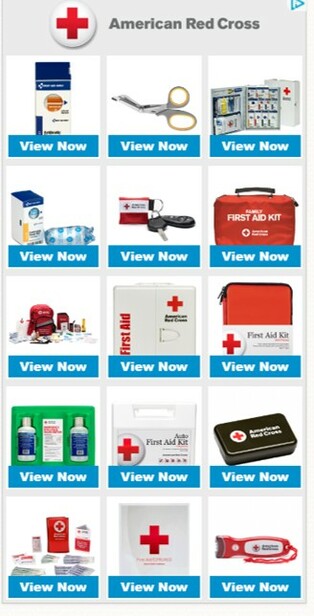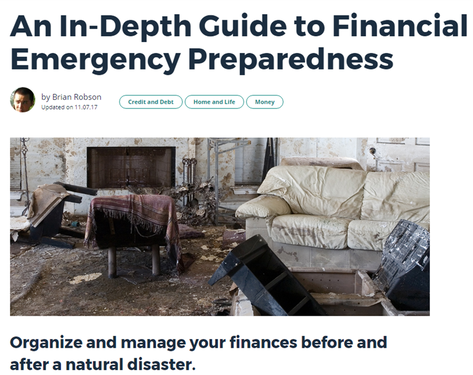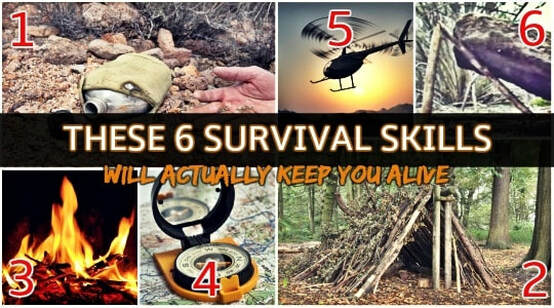Northshore Council PTSA is a welcoming organization that works to support our Local PTAs and serve the children and youth of our community through advocacy, collaboration, education, engagement, leadership, and mentorship.
This page provides detailed information about being 2 week ready for your family. How to Plan, Prepare, Practice and Get Involved. Towards the bottom of the page are additional resources covering food, water, shelter, medical, pets, safety or select a quick link below.
Quick link to a Resource:
Eprep Home |
Food |
Water |
Warmth |
Medical |
Shelter |
Shelter in Place |
Safety |
Pets |
Financial |
Survival |
Books |
Make A Plan
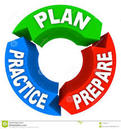
Make a plan today. Your family may not be together if a disaster strikes, so it is important to know which types of disasters could affect your area. Know how you’ll contact one another and reconnect if separated. Establish a family meeting place that’s familiar and easy to find. Put in place a guardian/emergency contact if you may not be able to get your children at school. As you prepare your plan tailor your plans and supplies to your specific daily living needs and responsibilities.
The best way to help in your community is to be prepared. In-case you have to immediately evacuate your home, prepare a "go bag" for each person and your pets. Have at least two weeks supplies of food, water, medications and basic needs in case you are cut off from services and asked to remain in your home. Have a plan. Do your family members know meet up locations? Do you have an out of area contact that everyone knows to check in with in the event of a major disaster? Do you have a well stocked first aid kit in your home and vehicle? Plan today for your possible needs of tomorrow. It is always better to have it and not need it than to need it and not have it.
1) Each person (and pet) in the family needs a backpack or duffel bag 2) Take photos of all the rooms in your home and your valuables. Store them on a flash drive, hard copy etc. and keep them in your bag. 3) Scan your important documents onto a flash drive to keep in your bag.
4) add essential items to your bag to help you get through a few days. Water, non-perishable food, hygiene needs, first aid needs, flashlight, batteries, clothes, boots, pet supplies, diapers etc. 5) pet crate AND leash ... pets get scared and will run no matter how much they love you, fear can take over. Having a secure crate for them with a toy and a blanket will help them stay safe and a bit less scared. 6) cash (ATMs may not work during a disaster.) 7) Glasses/contacts 8) Misc items:
Plan for Student Disaster ReleaseStudents will only be released to designated emergency contacts. Photo ID is required.
SUGGESTION: Review these procedures with your students and your designated guardians, emergency contacts. You may wish to give your school a longer list of emergency contacts authorized specifically for district-wide emergencies. For example, neighbors and parents of school friends. Be sure your contacts know how to reach you via phone/text/email. In the Northshore School District (NSD), Parentvue is used to keep all contact information and this will be used in the reunification process. |
Amateur radio operators (usually called HAM radios) are often the glue that hold communications together in an emergency. There are about 16,000 in Washington state. HAM radios can reach anywhere in the world without the issues linked to phone and cell service. In fact, emergency officials across the state depend on volunteers to keep them connected when disaster strikes. Learn More About Getting Licensed Bothell Thursday Nights 7:00PM 147.340MHz + 100.0 tone Kenmore NEMCO Sunday Nights 7:00PM 443.725MHz + 103.5 tone ALERTS - Communication AppsSign up for alerting systems:
• ALERT King County: www.kingcounty.gov/alert • AlertSeattle: alert.seattle.gov/ • Community Communications Network (CCN): www.kingcounty.gov/ccn Keep Connected |
Prepare 2 Week Ready Kits
|
Supplies kit is simply a collection of basic items your household may need in the event of an emergency. Try to assemble your kit well in advance of an emergency. You may have to evacuate at a moment's notice and take essentials with you.
|
|
Prepare Our Children
|
|
Save The Children - The Project
Get Ready Get Safe is a pioneering Save the Children initiative designed to help US communities prepare to protect and care for the most vulnerable among us in times of crisis. |
Save The Children - Click here for more information
Kid's - Youth
Many Thanks to Dan Good, Snohomish County Emergency Management. He suggests parents of elementary age children put a small kit in every child's backpack, only to be opened during an emergency. It would include:
Sample Comfort Letters:
Dear _____________, Since you are reading this letter, there must have been an emergency while you were at school. Emergencies can be scary. The good thing is that they usually don’t last very long. Things will get better. Please try to be brave, and even helpful if you can. We are trying to get to you as soon as we can. Please be patient and remember that we love you and are thinking of you. Love, _____________
Dear _____________, We love you very much and want you to know that this is a time to be brave and helpful. Please don’t worry about your family. We know that you will be safe at school. We will all be making the safest choices wherever we are, and someone will be there to pick you up as soon as possible. In the meantime, stay calm and follow the directions you are given. Love, ____________
- A letter with photos's of mom, dad and siblings. (label only to be opened during an emergency)
- small amount of cash
- light stick
- emergency blanket (Mylar)
- a little bit of candy or something small to give comfort to the child.
Sample Comfort Letters:
Dear _____________, Since you are reading this letter, there must have been an emergency while you were at school. Emergencies can be scary. The good thing is that they usually don’t last very long. Things will get better. Please try to be brave, and even helpful if you can. We are trying to get to you as soon as we can. Please be patient and remember that we love you and are thinking of you. Love, _____________
Dear _____________, We love you very much and want you to know that this is a time to be brave and helpful. Please don’t worry about your family. We know that you will be safe at school. We will all be making the safest choices wherever we are, and someone will be there to pick you up as soon as possible. In the meantime, stay calm and follow the directions you are given. Love, ____________
Kid's resources
You can help by preparing a simple emergency card for your student in their backpack that includes: Their name, month/year of birth (for medication dispensing), address, parent’s name/phone (home/cell), allergies, medical conditions, and if he or she wears contact lenses. For the student’s own benefit, you may wish to include your cell and work phone numbers, as well as your family’s out-of-state contact person’s name and phone numbers.
Girl Scouts:Girl Scouts of Western Washington wants to make Emergency Preparedness fun for girls and volunteers. It is the intent of this patch program to take the fear away and replace it with empowered Girl Scouts! Through this patch program, it is our hope to encourage Girl Scouts to engage in building resilience at the neighborhood level. Once completed, Girl Scouts will not only have taken charge of their learning but will be prepared and capable of taking a leadership role in their families and communities about preparedness. Many in government agencies are surprised to learn that all Girl Scout leaders are required to be First Aid/CPR/AED certified. They do not realize that through our badge and journey programs, most girls have earned their First Aid badge. Many of our older girls have earned Shelter Management and Wilderness First Aid Certificates. In a large-scale disaster, and even in a smaller event, Girl Scouts can play a role in resilience and recovery. The requirements for this patch program can be done individually, as a family, or as a troop. You do not need to do this on your own; however, there are lots of folks in your community who can help. Don’t be afraid to reach out to your County Department of Emergency Management, local Fire or Police Department, the American Red Cross, or even your local veterinarian.
Click on Pictures below for more information |
Prepping Pillowcases for Emergencies with American Red CrossAt the Pillowcase Project, kids, ages 8 to 11, decorated pillowcases for use in an emergency supplies kit. Parents were also encouraged to join the fun. The American Red Cross (ARC) hosts fun events like this to help kids prepare for disasters. The Pillowcase Project was inspired by Loyola University students during Hurricane Katrina in 2005. A Red Cross official saw students carrying their things in pillowcases and came up with the idea for the project. Now sponsored by Walt Disney Co., Pillowcase Project resources are used in schools around the country. Kett used games to act out disasters that might occur in the Washington State area. He first asked the students how they would respond in an emergency. He then helped them understand the right actions to take. The children also got an activity book to help them start a family emergency plan and build a personal emergency supplies kit. It is easy to build an emergency supplies kit with a pillowcase. The American Red Cross suggests adding a flashlight, food that will not go bad, water, and a comforting item such as a stuffed animal. You can learn more about The Pillowcase Project and other preparedness tools here. If you have any questions about The Pillowcase Project, please contact your local Red Cross location. For more information on how to plan ahead for natural disasters, visit https://www.ready.gov/make-a-plan and https://www.ready.gov/kids/make-a-plan. You can find the original article about the Pillowcase Project event here If you would like to request The Pillowcase Project for your 3rd-5th graders, please fill out the Presentation Request Form. If you have additional questions about The Pillowcase Project, please contact Myisha Aban, Regional Youth Services Specialist at (916) 993-7083 or [email protected]. |
Boy Scouts of America
Emergency Preparedness Award Overview Encourages youth to be prepared, productive, self-reliant adults active in their communities; involves earning emergency preparedness–related advancement, personal development, preparing an emergency kit, and presentations.
Click on the below picture for more information:
Click on the below picture for more information:
Additional 2 Week Ready Information for Kids
|
|
|
Books and Guides
Several of these books or ebooks are available via the King County Library System or Amazon.
Clicking on the items
Clicking on the items
|
"Amanda Ripley's new book, The Unthinkable: Who Survives When Disaster Strikes - And Why, is the thinking person's manual for getting out alive. In moments of total disaster - plane crashes or terrorist attacks - something happens in our brains that affects the way we think. We behave differently, often irrationally. Consider the World Trade Center workers who, on Sept. 11, dithered at their desks, calling relatives, turning off computers and pondering which mementos to rescue from their desks even as the doomed jets burned above their heads." Read the rest of the NPR Review.
|
|
- Read It's going to be okay here. A short, inspiring story from the creator of The Oatmeal, told in web comic format. Not available in print.
- Five Days at Memorial: Life and Death in a Storm-Ravaged Hospital; Sheri Fink New York Times Review.
- Tummy Rumble Quake (Mom's Choice Award Winner)
- The Big Ones: How Natural Disasters Have Shaped Us
- Cascadia
- Pocket Disaster Survival Guides
- Emergency Response and Incident Notebooks
- Survival Mom: How to Prepare Your Family for Everyday Disasters and Worst-Case Scenarios
- The Ultimate Survival Medicine Guide: Emergency Preparedness for ANY Disaster
GET INVOLVED
Map Your Neighborhood (MYN)
You learn to be self-reliant as a neighborhood, to organize effectively and to help neighbors in need, so the community's emergency responders can attend to the large rescues and the ongoing restoration of services. Knowing our neighbors has a multiplying effect
Community Emergency Response Team (CERT)FEMA-based curriculum designed to teach adults of all ages and abilities how to help themselves, their families, and their neighbors during a disaster when police, fire, and medical services are overwhelmed.
CERT Training teaches you to:
|
|
Go Bag, Bug Out Bag, 72 Hour Comfort Kit... no matter what you call it, everyone should have a portable cache of supplies ready to take with them in case of unexpected evacuation.
|
Communities
The Disaster Resistant Communities Group was established to provide a host of disaster planning and preparedness, response, recovery and mitigation services to local, regional, state and national agencies and departments as well as community and faith based organizations.
Remember: In a disaster, your most immediate source of help are the neighbors living around you. Take action today. Become involved in community preparedness groups.
Remember: In a disaster, your most immediate source of help are the neighbors living around you. Take action today. Become involved in community preparedness groups.
- Building A Disaster-Resistant Community
- Citizens Corps Partners (CERT, Fire Corps, Neighborhood Watch, Medical Reserve Corps, Volunteers in Police Service, Corporation for National and Community Service)
- BEST PRACTICES FOR NEIGHBORHOOD PREPAREDNESS GROUPS
Food, shelter, warmth, medical, pets, financial, safety and survival
This section covers food, shelter, warmth, medical, pets, financial, safety and survival.
Rule of threes (survival):You can survive for 3 Minutes without air (oxygen) or in icy water. You can survive for 3 Hours without shelter in a harsh environment (unless in icy water). You can survive for 3 Days without water (if sheltered from a harsh environment). You can survive for 3 Weeks without food (if you have water and shelter)
The below Emergency Preparedness Guide is an outstanding resource (click on picture):
Rule of threes (survival):You can survive for 3 Minutes without air (oxygen) or in icy water. You can survive for 3 Hours without shelter in a harsh environment (unless in icy water). You can survive for 3 Days without water (if sheltered from a harsh environment). You can survive for 3 Weeks without food (if you have water and shelter)
The below Emergency Preparedness Guide is an outstanding resource (click on picture):
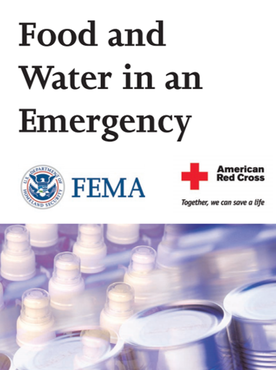
WATER Purification
FEMA and EMD Recommend One Gallon of Water per person per day for a minimum of 2 Weeks
FOOD
FEMA and the Red Cross suggest a two-week supply of food. 2 cans of food per person per day
FEMA and EMD Recommend One Gallon of Water per person per day for a minimum of 2 Weeks
- Bleach naturally degrades into salt and water in the bottle.
- If Stored Properly the shelf life of Sodium hypochlorite bleach will last for 12 months past the manufacture date.
- A Guide for drinking Water Treatment and Sanitation for ... - CDC
- Emergency-Water-Storage
FOOD
FEMA and the Red Cross suggest a two-week supply of food. 2 cans of food per person per day
- Emergency Supply Kit 3-Month Calendar & Shopping List
- The 10 Rules For Your Emergency Food Pantry | Ready Nutrition
- How to Stock Your Disaster Pantry - Popular Mechanics
- Food | Ready.gov
- Tips for Handling Food Following a Disaster | Food and Nutrition
- Best Foods to Stockpile for an Emergency - Real Simplesupplycalendarbrochure2015.pdf
- Good To-Go® Dehydrated Meals | Easy To Prepare Emergency Food
WARMTH
Do not bring propane heaters, BBQ's, or fires indoors due to carbon monoxide as-fixation.
Do not bring propane heaters, BBQ's, or fires indoors due to carbon monoxide as-fixation.
|
|
|
MEDICAL - First Aid Skills
|
|
|
|
PETS
FINANCIAL
You may want to scan all your important documents e.g. insurance, passport, birth certificate, bank account numbers etc... and save them on a USB drive. You can then have a family member (that you trust) out of state keep it in a safe location in case there is ever a disaster. Create another USB thumb drive and put it in your portable fire proof box with any other valuable items.
SAFETY
|
|
|

